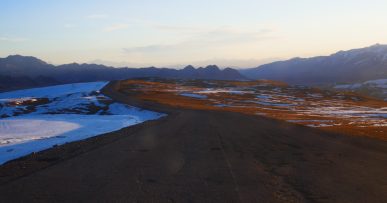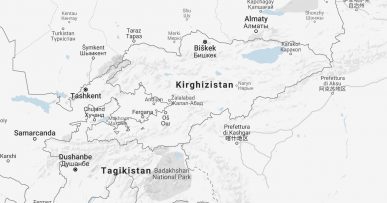A brief history of Khiva
After Bukhara and Samarkand, Khiva is the third not-to-miss city in Uzbekistan. According to some evidences, Khiva already existed in the VIII century but it’s just in the XVI century that the city became an important centre, as the capital of the Khanate of Khiva. Over the following three centuries, Khiva became of interest both for the Persian and the Russian empire and, partially, also for the British one. Remote and well defended by its natural barriers, the Khanat of Khiva, famous for its slave market, strenuously resisted the external influences and kept terrifying with its brutality travellers, merchants and local people, as well explained in the book “the great game” by Peter Hopkirk. However, in 1873, a Russian army of 1300 men led by Konstantin Petrovich von Kaufmann surrounded Khiva and easily conquered the city. Since that moment, the city remained under the Russian influence first as Khanat of Khiva (until 1920) and the Khorezm People’s Soviet Republic (1920-1924) and after as part of the Uzbek Soviet Socialist Republic (from 1924 until the dissolution of the Soviet Union). Today Khiva seems to have forgotten the violence and the brutality of the past and hordes of tourists with selfie sticks fill the squares where once a lot of people lost their lives, victims of the brutality of the Khan. However, despite the mass tourism that characterises it, Khiva is still very fascinating and you will hardly believe how well preserved its buildings are.
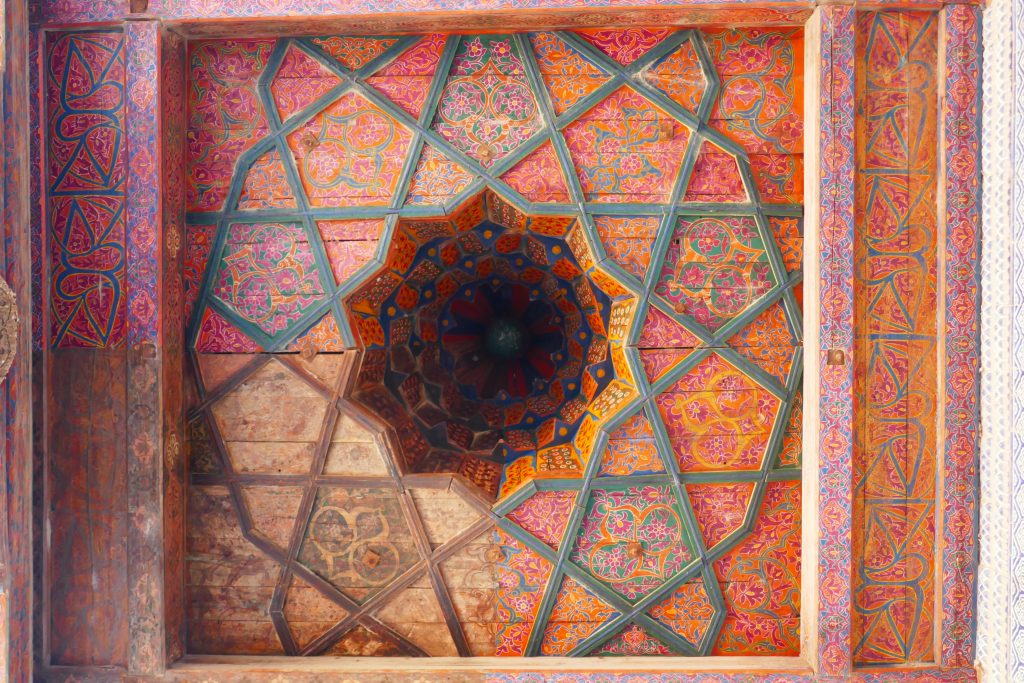
Khiva: what to do in a couple of days
We arrived at Khiva from Bukhara by shared taxi. Our companions were one girl from Kazakhstan and one Uzbek guy. The latter revealed to be a tourist guide who was going to Khiva to pick up his group of middle age German tourists. He was a really nice person, he gave us a lot of information about Uzbekistan and some recommendations about where to go or what to do both in Khiva and Samarkand.
We had booked two nights at Rustambey house paying 38 $ for two people for a private room. Since the most interesting part of the city is the old one and it is quite small, you may be able to visit it in one full day but if you don’t want to rush then we recommend you to plan a couple of days or at least one day and a half in order to fully enjoy the visit of the several museums.
When we arrived we were knackered, the journey from Bukhara killed us. It took ages to find two other people and then the drive was quite long. Thus, we decided just to stay at the hotel, have a rest and go for dinner later on with the Kazakh girl and the Uzbek guide, as previously agreed in the car. At 9pm, the two of us and the Kazakh girl were at the meeting point but no sign of the guide so we waited. After 30 minutes we decided we had enough and we left. We assumed he had to stay with his german customers, he seemed quite keen to go for dinner that afternoon! We ended up having a couple of shashlik and a beer at the restaurant next to our hostel, both run by the same person. Good but not amazing food, we went straight to bed afterwards.
The day after, early in the morning, we went out to visit the old town of Khiva. To get access to the old town there is an entry ticket valid for two days and these are the ticket options you have:
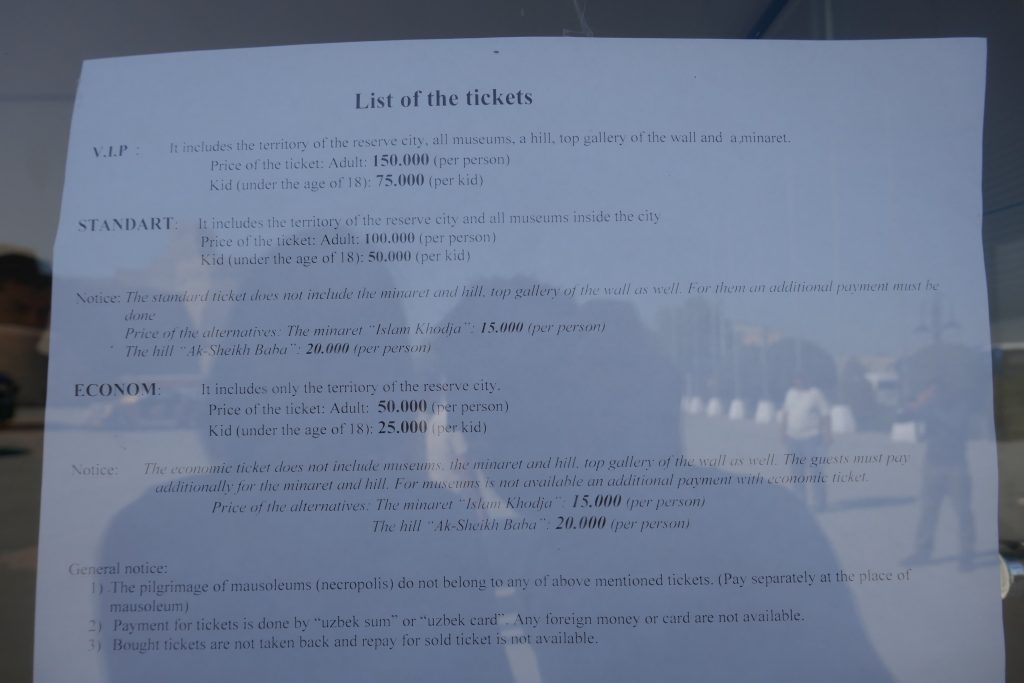
Although we later found out that you can actually access the old town from different points without paying, you cannot enter the museums if you don’t pay the ticket since there are guards at every entry. Therefore, we believe the most convenient option is taking the “VIP ticket” that allows you to get into pretty much every museum in the old town of Khiva; at the end of the day, do you actually want to miss the most of it?
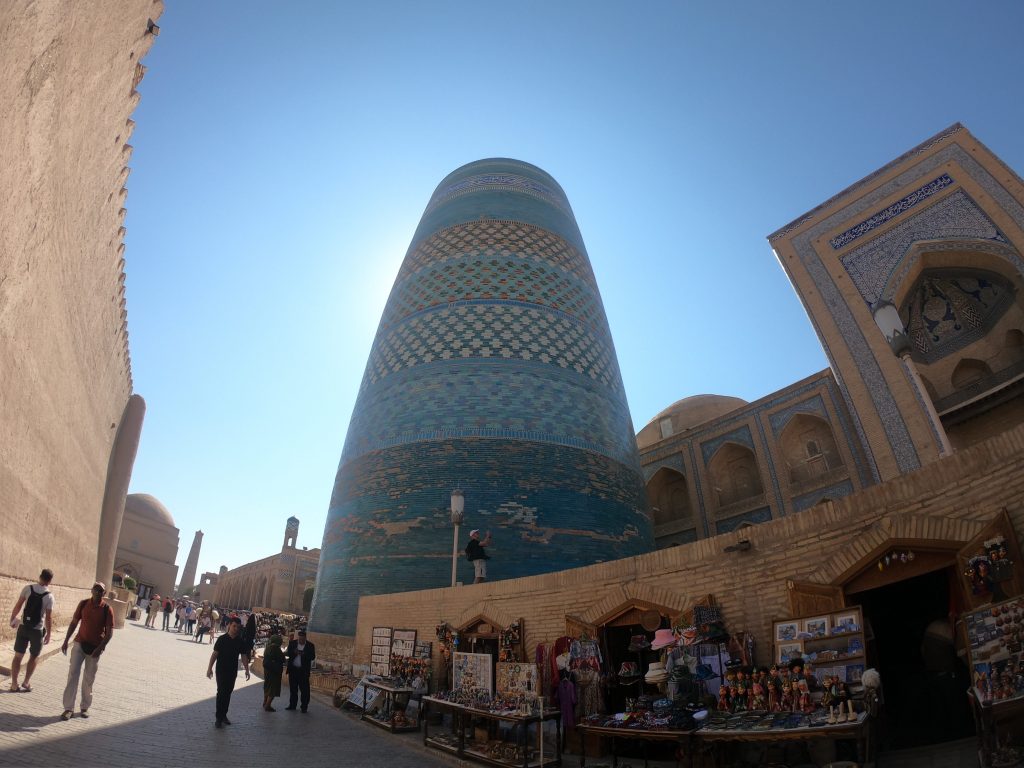
The main entry of the old town is the west gate, also known as Ata Darvaza, and from there the main road will bring you to the opposite gate. All along the way you can visit mosques, minarets, prisons, palaces and, also, a weird museum about the first president of Uzbekistan. Three are, in our opinion, the most relevant sights of the old city.
Going on top of the Islam Khodja minaret is a not-to-miss experience when you visit city. The stairs are quite steep and the way up is very long but you will be repaid by a breathtaking view of the old town!
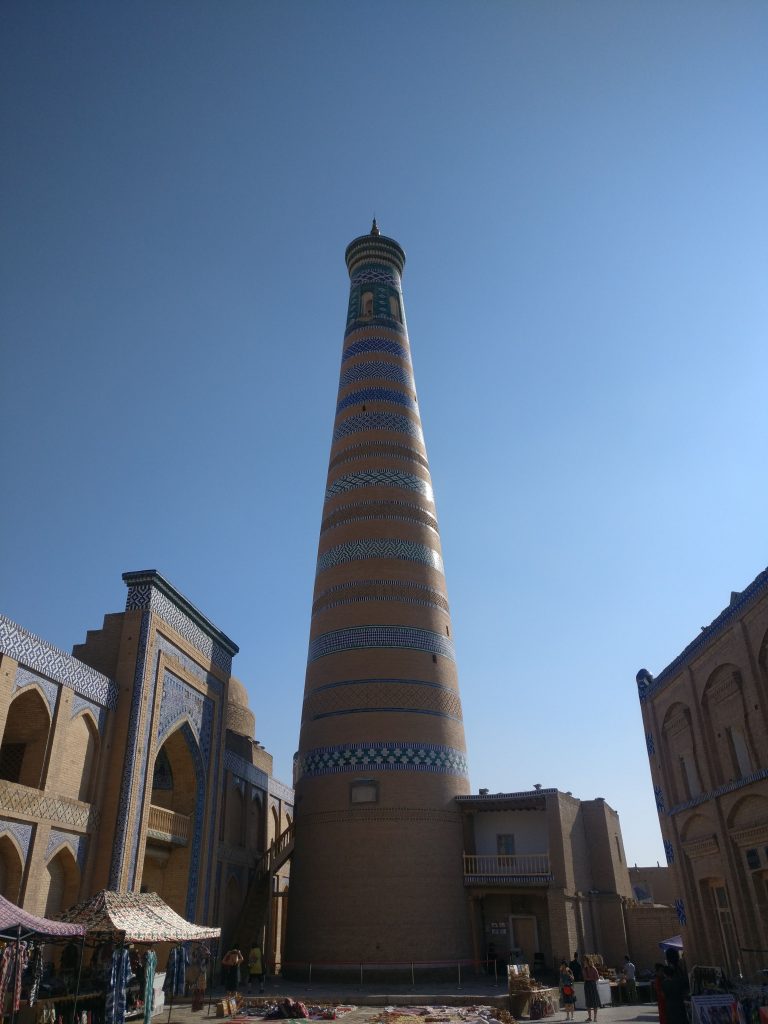
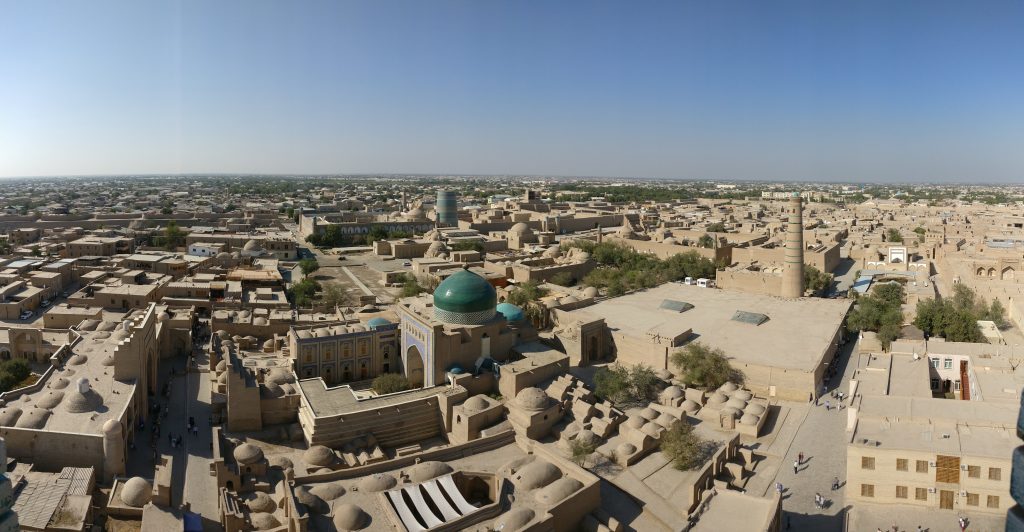
Hundreds of wooden columns make Juma mosque one of the most unique places in Khiva. Some of the columns have been rebuild, try to guess which ones are the oldest ones. Once, you could also climb on top of Juma mosque’s minaret but recently it has started having structural problem so the access to visitors has been prohibited.
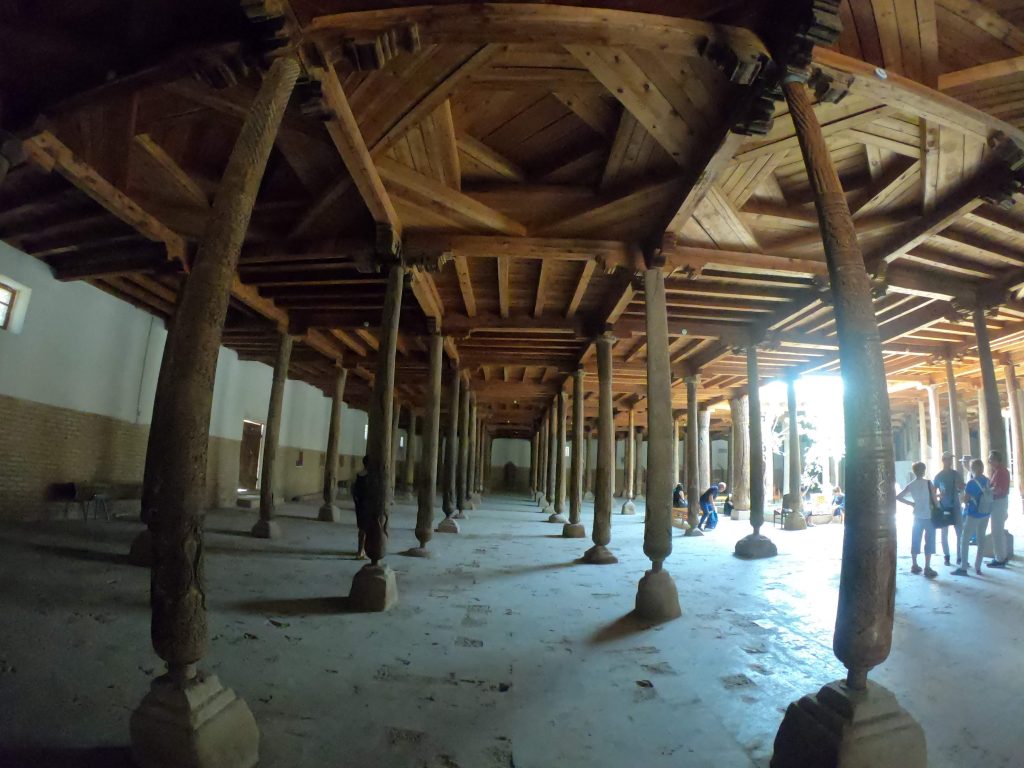
Finally, don’t miss the Pakhlavan Mahmoud Mausoleum! Completely covered by finely decorated blue tiles, it is one of the most suggestive places in Khiva. We were also lucky because we assisted a wedding when we were visiting the mausoleum.
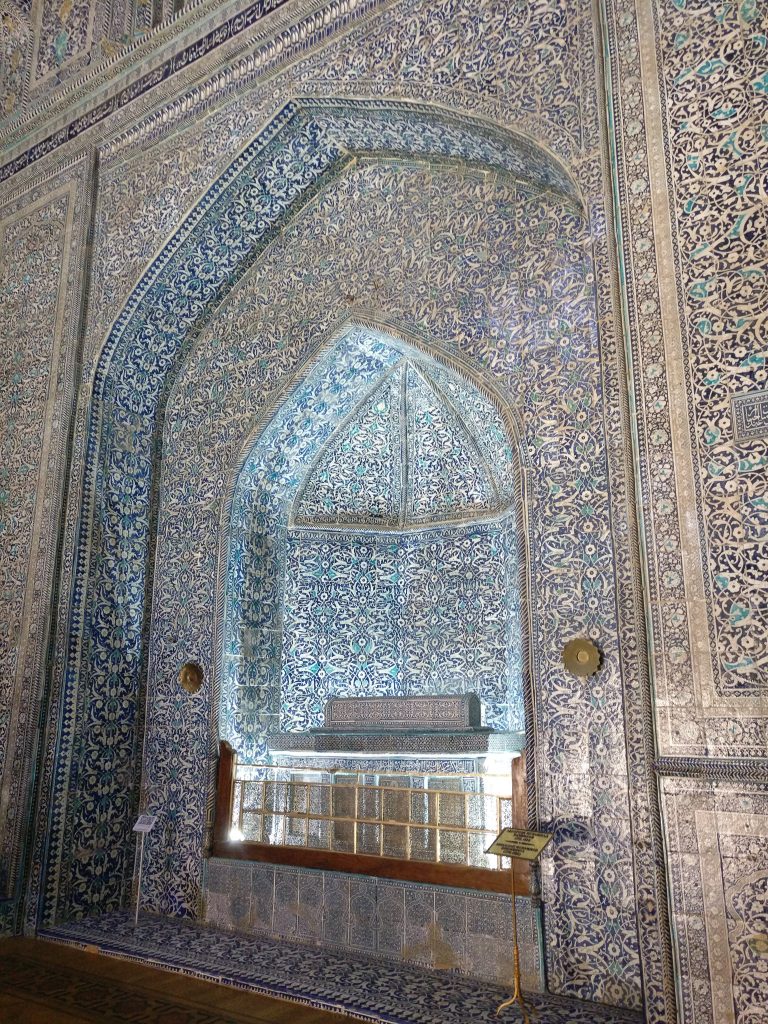
If you want to visit both the mosque and the minaret, you will have to pay two extra tickets unless you got the VIP ticket. We thought about doing it at the beginning but we don’t think it’s convenitent; as mentioned before, we suggest you just to get the VIP ticket to access every tourist attraction.
All the old town is very well preserved and walking surrounded by those fantastic ancient buildings it’s just stunning! We also suggest you not to stop just on the main road but to go behind the main tourist attractions, where local people live, in order to see a bit of everyday life and to imagine how it might have been living in Khiva 150 years ago! The new town of Khiva is quite miserable and tourists don’t generally go there. We went there just because we wanted to ask if there was any train to Nukus and no, there is no train. When we went there, they were renovating most of the buildings and they were building a new road that would connect the train station to the old town. Probably, in a couple of years time, even the new town of Khiva will have a different face, evident sign of how the financial capabilities of Uzbekistan has steadily increased since the fall of the Soviet Union and tourism seems to be one of the main sources of income
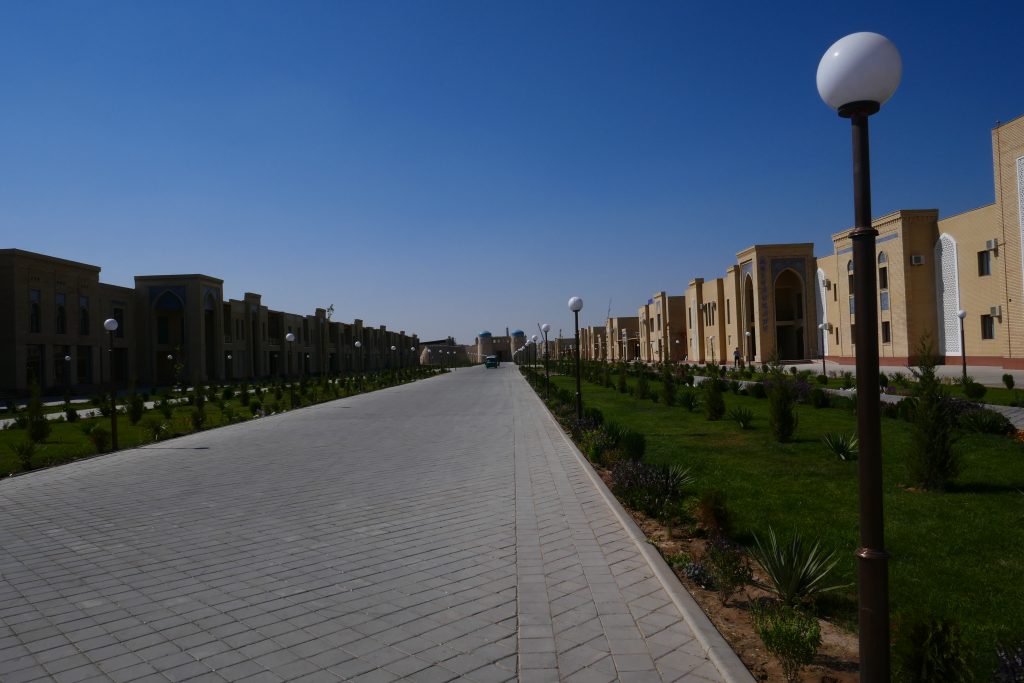
. The night of the second day we wanted to go for a walk along the walls but, when we came back to the hostel to get heavier clothes, the doorman, thinking that we were going to bed, locked us in. After 10 minutes of shouting, Giulia managed to stop a lady in the street who called the doorman, who was actually sleeping next to the entrance. How he didn’t hear us, it’s still a mystery (was he doing it on purpose?)! Anyway, the walk was nice and we recommend you to do the same; the enlightened minarets are really beautiful but, surprisingly, we were the only people around.
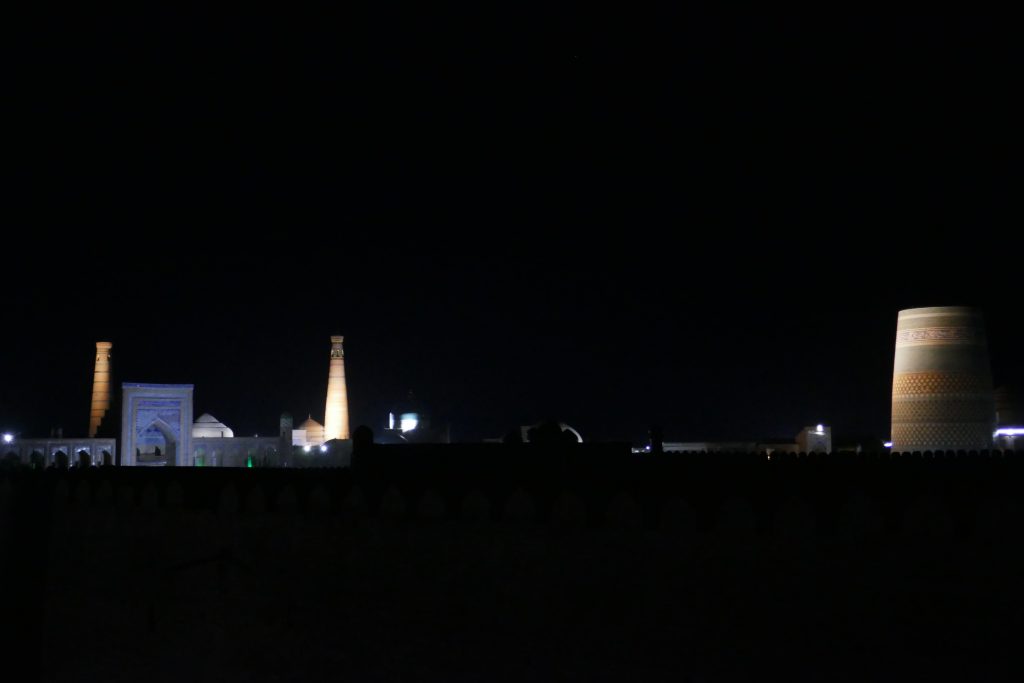
We had planned to spend just half of our third day in Khiva and to go to Nukus afterwards. Since there are no trains or buses that go to Nukus, we knew it would have taken a while to find someone else for a shared taxi (the only option to go from Khiva to Nukus). Thus, we visited the last sights we hadn’t visited the previous day and we went to Urgench, where the shared taxis to Nukus departs, around lunchtime taking a bus right in front of the north gate. A friendly guy we met on the bus decided to help us finding a taxi so, after 20 minutes of walking under the sun, we reached the taxi station. There, we had to hardly bargain the price for a taxi. Since there were not many taxis that were going to Nukus, they wanted us to pay more but, of course, we didn’t want. We then adopted the technique “I am not in a rush, I can wait all day” so we sat on the grass right in front of the taxis waiting that the drivers would agree with our price that, we knew, it was the right one. After 30 minutes of chatting between them, one taxi driver agreed to bring us to Nukus for a reasonable price probably because he had other clients who were waiting for us. Once again, we managed to get a good deal. We were going to Nukus now, famous for the Stravinsky museum and, particularly, for what it used to be the Aral Lake, one of the most remarkable environmental catastrophes of human history. All that, will be on the next article though….
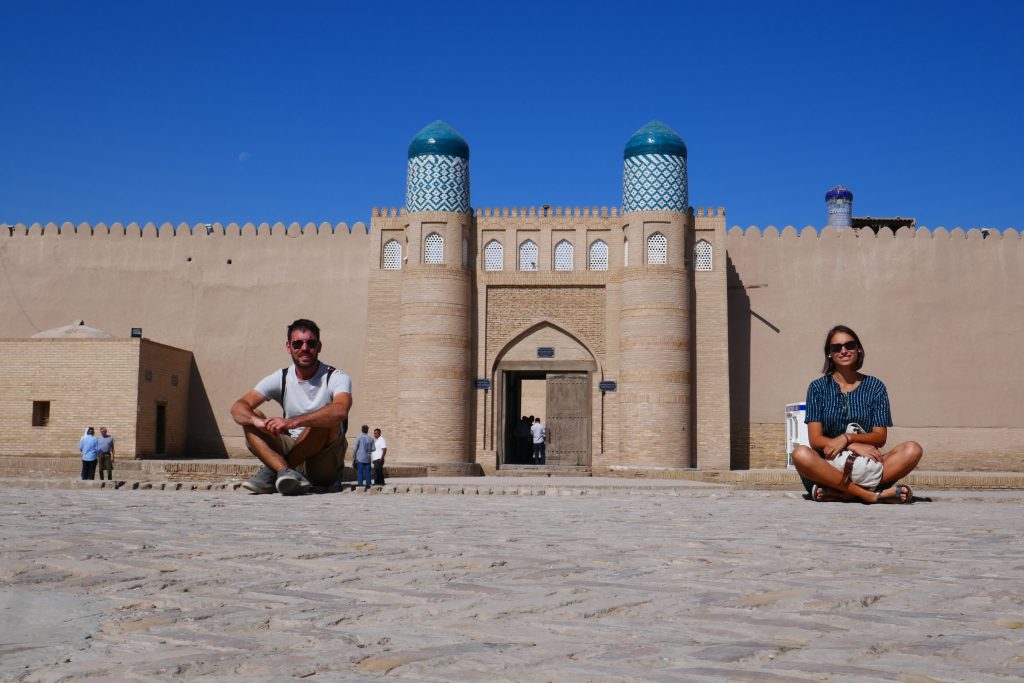
For more details about getting around in Uzbekistan and costs, read our article Travelling in Uzbekistan: Public Transport and costs.



